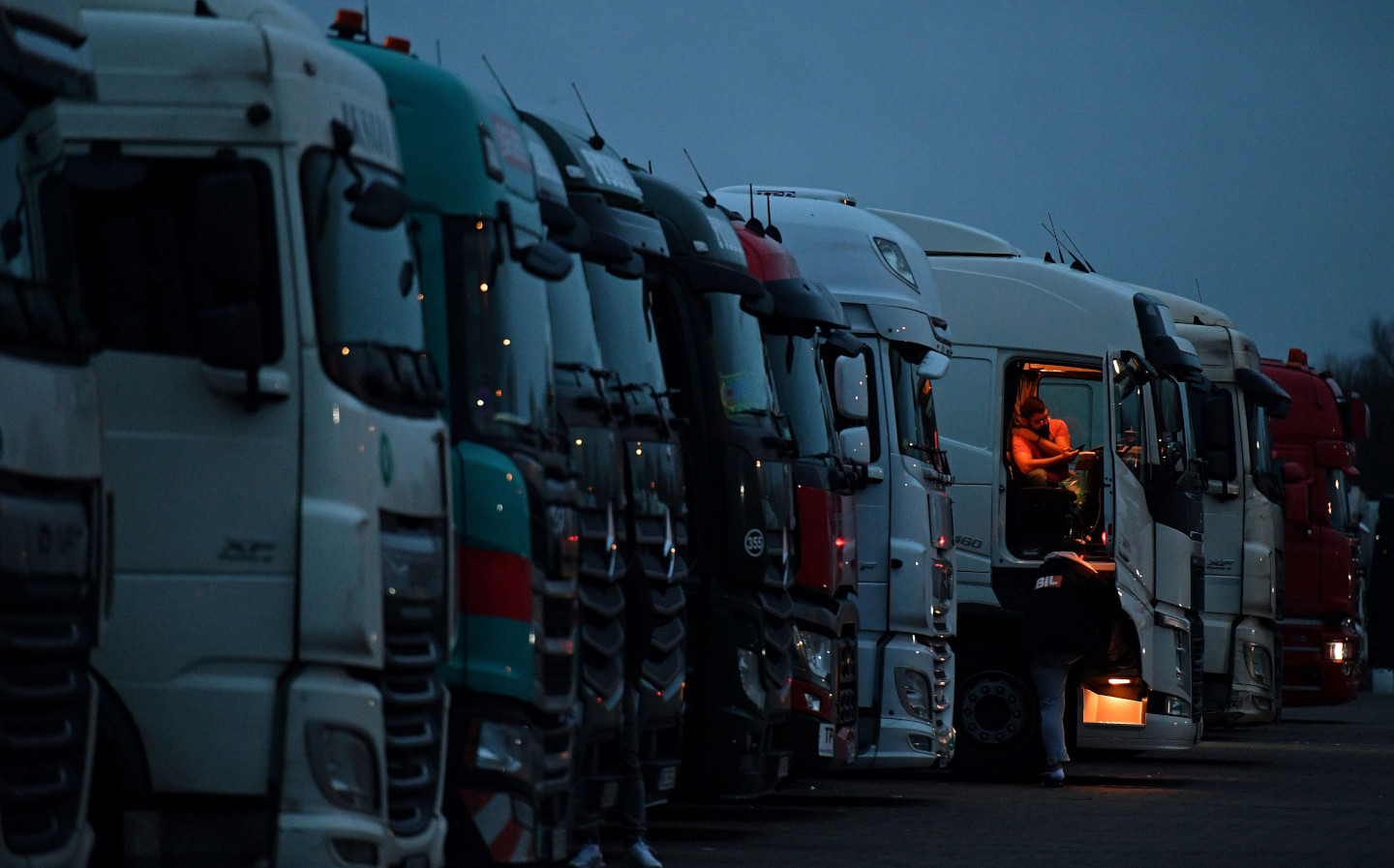Government urged to ban sales of new diesel lorries by 2040
Freight could account for a fifth of greenhouse gas emissions by 2050
THE SALE of new diesel lorries should be banned in the UK by 2040 in an attempt to lower emissions, the government has been advised.
The National Infrastructure Commission (NIC), which provides the government with advice regarding long-term challenges, published a report yesterday saying that Whitehall must come up with a “comprehensive cross-modal freight strategy” that ensured the sale of new diesel heavy goods vehicles (HGVs) would be phased out completely by 2040.
“There is an opportunity for government to demonstrate the same level of ambition it has shown with cars and vans by giving industry a clear goal for ending the sale of diesel-powered HGVs,” the NIC said.
In November, the government announced that a ban on the sale of new petrol and diesel cars and vans would be moved forward by five years, from 2035 to 2030. Hybrids will be permitted for a further five years.
At the time the government said that it would consult on a ban of diesel lorries but did not specify when such a ban would come into effect.
According to the NIC’s report, road and rail freight could account for as much as a fifth of the UK’s residual greenhouse gases by 2050 unless the industry undergoes a sustainable revolution. Currently, more than 1.6 billion tons of goods are transported around the UK each year, a figure that is only set to go up thanks to the ever-increasing popularity of online shopping.
The government has signed into law its ambition for the UK to be carbon-neutral by the middle of the century.
The transition from traditional combustion engines to battery electric is more difficult for lorries due to their size and weight.
A British-Swedish company called Volta Trucks is also working on a 16-tonne truck that will have the capacity of four diesel vans, while Volvo has created two axle and three axle electric trucks with a gross vehicle weight up to 27 tons, though the latter can only travel up to 124 miles between charges. Volvo’s electric trucks are primarily intended for transport operations in urban conditions, such as distribution and refuse collection.
Once again, Tesla may set the benchmark: the American company is currently testing a prototype of its Semi truck, an electric HGV that will be produced in 300-mile range and 500-mile range guises, costing £110,000 and £140,000 respectively. Tesla boss Elon Musk is reportedly hoping to begin low-volume production of the Semi later this year.
Hydrogen has also been proffered as a solution to sustainable freight, but the UK’s hydrogen infrastructure makes it nearly impossible to operate a hydrogen fuel cell vehicle (FCV). At present there are only 13 hydrogen refuelling stations in the country, and five of these are located on the M25. According to ZapMap, Scotland only has two hydrogen fuelling stations, while the North of England and Wales only have one each. Northern Ireland has none.
The government will publish its Hydrogen Strategy paper later this year. The NIC said that the paper should be published “in a timely manner” and contain “concrete and actionable plans”.
It added that the government must work with the road haulage and logistics industry to publish “detailed decarbonisation plans” for the industry.
“The government’s decision to bring forward its plans to phase out new sales of petrol and diesel cars and vans from 2030, in line with the Commission’s recommendation, is significant,” said the report.
“But it has not yet been matched by a similarly binding ambition on diesel heavy goods vehicles and there is not yet a strategy from government for a decarbonised freight sector.”
Some manufacturers are already experimenting with hydrogen fuel cell HGVs, which convert hydrogen gas stored in tanks into electricity via a fuel cell stack. Hyundai delivered ten hydrogen-powered lorries to Switzerland last year, while Tesla rival Nikola (both companies are named after inventor Nikola Tesla) is working on the Two and Tre. The larger Two will be offered exclusively with a fuel cell powertrain, while the Tre will be offered with battery-electric and fuel cell options.
Tweet to @KieranAhuja Follow @KieranAhuja
- After reading that ministers have been urged to ban the sale of new diesel HGVs by 2040, you might be interested in Land Rover’s recently-announced plans to stop making diesel cars by 2026, and offer an electric version of each of its nameplates by 2030.
- We’ve also done a handy Q&A to answer any questions you might have about the 2030 ban on petrol and diesel cars.
- New data suggests that used car buyers have turned to diesel during the coronavirus pandemic.





